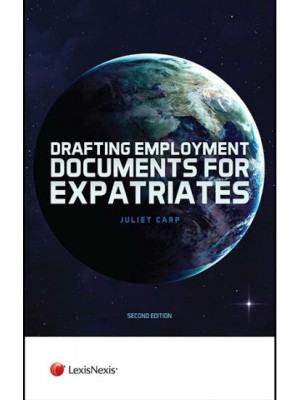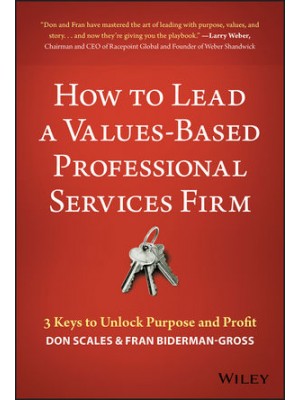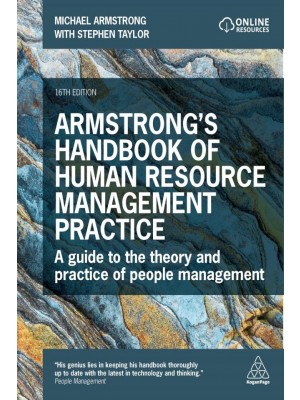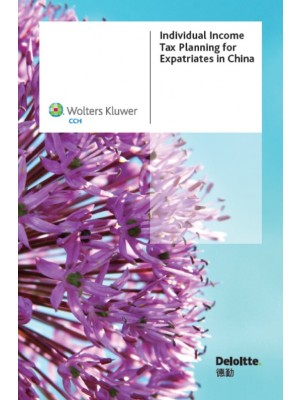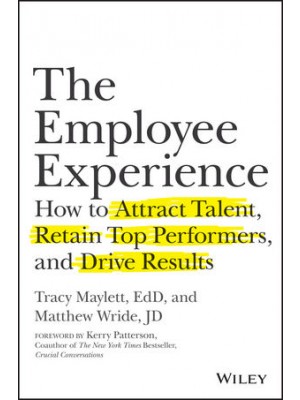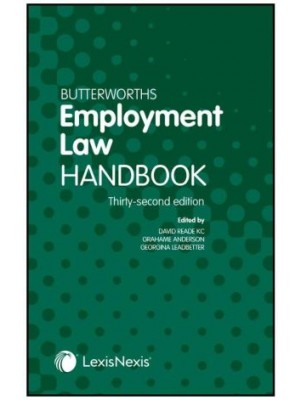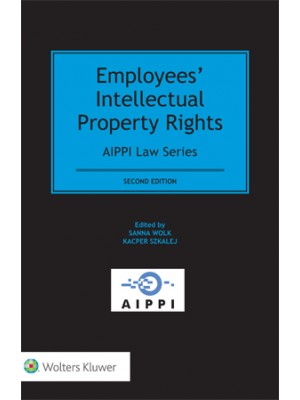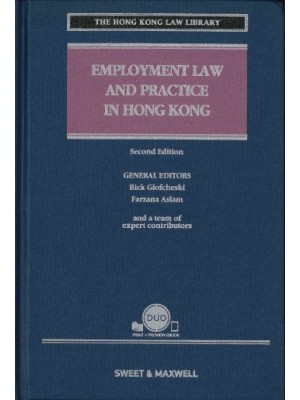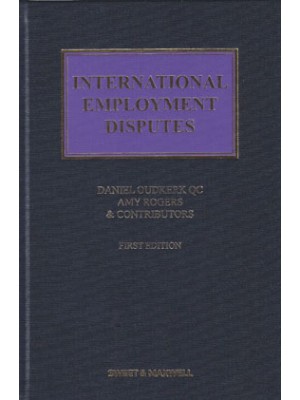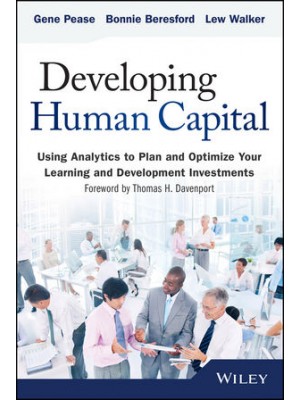About the Author
1 Introduction
1.1 Introduction
1.2 Boards
1.3 Why Now?
1.3.1 Governance Expectations
1.3.2 Technical Changes
1.4 Rest of the Book
Further Reading
PART I RISK OVERSIGHT
2 Risk – An Overview
2.1 Terminology
2.1.1 Definition of Risk
2.1.2 Risk
2.1.3 Uncertainty
2.1.4 Precautionary Principle
2.2 Role of Banks and Risk
2.2.1 In the Beginning
2.2.2 Where are We Now?
2.3 Sources of Risk and Uncertainty
2.3.1 External Sources of Risk and Uncertainty
2.3.2 Internal Sources of Risk and Uncertainty
2.3.3 Systemic Risk
2.4 Capital
2.4.1 Confidence Interval
2.4.2 Book Capital
2.4.3 Economic Capital
2.4.4 Regulatory Capital
2.5 Issues to Consider
Further Reading
3 Risk Oversight
3.1 Introduction
3.2 Perspective
3.2.1 Bottom
3.2.2 Top
3.2.3 Middle
3.3 Models
3.4 Risk Framework
3.4.1 Three Lines of Defence
3.4.2 Risk Owners
3.4.3 Corporate Risk Management Functions
3.4.4 Chief Risk Officer
3.4.5 Policies, Standards and Procedures
3.5 Biases
3.6 Issues to Consider
Further Reading
4 Risk Management
4.1 Introduction
4.1.1 Definition of Risk Management
4.2 Terminology and Components
4.2.1 Cause and Effect
4.2.2 Exposure and Event
4.2.3 Effects and Consequences
4.3 Risk Management Cycle
4.3.1 Identify the Risk
4.3.2 Assess the Risk
4.3.3 Evaluate the Risk
4.3.4 Manage the Risk
4.3.5 Monitor and Review the Risk
4.3.6 Escalation and Reporting
4.4 Issues to Consider
Further Reading
5 Risk Appetite
5.1 Introduction
5.2 Terminology and Concept
5.3 Stakeholders
5.4 Expressions of Risk Appetite
5.4.1 Board-level Risk Appetite Considerations
5.4.2 Cascading Risk Appetite Down the Firm
5.4.3 Dynamic Aspects of Risk Appetite
5.5 Framework
5.6 Risk Reporting
5.7 Issues to Consider
Further Reading
6 Risk Culture
6.1 Introduction
6.2 Terminology
6.2.1 Definitions and Descriptions of Risk Culture
6.2.2 Expressions of Risk Culture
6.2.3 The Individual
6.2.4 Groups and Teams
6.3 Assessing and Influencing Risk Culture
6.3.1 Assessing Risk Culture
6.3.2 Influencing Risk Culture
6.4 Monitoring Risk Culture
6.5 Issues to Consider
Further Reading
PART II SPECIFIC RISKS 121
7 Credit Risk
7.1 Introduction
7.2 Definition of Credit Risk
7.3 Framework
7.4 Risk Appetite Metrics
7.4.1 Simplest Metrics – Credit Exposure
7.4.2 Intermediate Metrics – Probability of Default
7.4.3 Complex Metrics – Loss Given Default
7.4.4 Economic Capital
7.5 Credit Risk Management
7.5.1 When Things are Running Smoothly
7.5.2 When Things are Not Running Smoothly
7.5.3 Reducing Credit Risk
7.6 Issues to Consider
Further Reading
8 Market Risk
8.1 Introduction
8.2 Definition of Market Risk
8.3 Market Risk Framework
8.3.1 Roles in the Framework
8.3.2 Risk Appetite and Economic Capital
8.4 Market Risk Estimation
8.4.1 Simplest Metrics – Exposures and Stop-Loss
8.4.2 Intermediate Metrics – Risk Factors
8.4.3 Complex Metrics – Portfolio Simulation
8.4.4 Economic Capital
8.5 Market Risk Management
8.5.1 Performance Measurement
8.5.2 Back Testing
8.5.3 Market Liquidity of Positions
8.5.4 Discontinuities
8.5.5 Stress Testing
8.6 Issues to Consider
Further Reading
9 Operational Risk
9.1 Introduction
9.2 Definition of Operational Risk
9.3 Operational Risk Framework
9.4 Operational Risk Estimation
9.4.1 Indicators
9.4.2 Models
9.5 Operational Risk Management
9.5.1 Operational Risk Management Objectives
9.5.2 Sources of Risk Information
9.5.3 Operational Risk Focal Points
9.5.4 Risk Transfer
9.6 Issues to Consider
Further Reading
10 Liquidity Risk
10.1 Introduction
10.2 Definition of Liquidity Risk
10.3 Liquidity Risk Framework
10.3.1 Roles in Funding Liquidity Risk Management
10.3.2 Cost of Funding
10.4 Liquidity Risk Measurement
10.4.1 Short Term
10.4.2 Very Short Term
10.4.3 Long Term
10.5 Liquidity Risk Management
10.5.1 Overview
10.5.2 Stress Testing
10.6 Issues to Consider
Further Reading
11 Other Risks
11.1 Introduction
11.2 Reputational Risk
11.3 Strategic Risk
11.4 Business Risk
11.5 Other Market Risks
11.6 Model Risk
11.7 Supplier Risk
11.8 Resources
11.9 Issues to Consider
Further Reading
12 Risk Interactions
12.1 Introduction
12.2 Risks as Frequency and Severity Drivers
12.3 Risk Interactions
12.3.1 Credit Risk with a Market Risk Severity Driver
12.3.2 Credit Risk with an Operational Risk Severity Driver
12.3.3 Market Risk or Operational Risk as the Severity Driver
12.3.4 Funding Liquidity Risk with an Operational Risk Severity Driver
12.4 Implications for Risk Management and Measurement
12.5 Issues to Consider
Further Reading
PART III REGULATORY ENVIRONMENT
13 Regulatory Environment
13.1 Introduction
13.2 Structure of Prudential Regulatory Process
13.2.1 Mapping the Regulators
13.2.2 Impact on Firms
13.3 Scope of Prudential Regulation
13.3.1 Pillar 1 – Minimum Capital Requirements
13.3.2 Pillar 2 – Supervisory Review Process
13.3.3 Pillar 3 – Market Discipline
13.4 Regulatory Influence
Further Reading
Disclaimer Regarding Excerpts from S&P Materials
Index








